The first step in any musical treatment of speech is transcription, the translation from recorded source material into musical terms and notation. Just like conventional music, the sounds of speech are defined by pitch, rhythm, and loudness, but unlike conventional music, those qualities are constantly in flux. This makes it difficult to accomplish an exact translation, but through some ingenuity and a willingness to simplify, an acceptable approximation is possible.
Part 2: Digesting the Material
Throughout Hack, the transcribed source material is subjected to a range of transformations. These include the extraction of accompanimental figures based on the pitches and rhythms of the speech, the fragmentation and distribution of the speech melody among several instrumental parts, and the creation of new musical lines extrapolated from musical artifacts found in the source material.
Part 3: Harmony
In the Transcribing Speech section above, I demonstrated how, at the end of “3 - Dave Chappelle,” I maintained the speech rhythms of the original material but expanded the single vocal line into a full harmonic texture. While, in itself, speech already has a melodic contour and a pattern of rhythmic emphasis, it does not suggest harmonies of any kind. Therefore, in order to write contrapuntal or harmonic textures for the string quartet (a medium that excels at both), I found it necessary to abstract harmonies from the speech melodies.
Part 4: Character and Timbre
One of the most immediate yet hard-to-define characteristics of a standup comic’s delivery is her character(s). The character that is created onstage is the result of several musical elements and their leveraging of our learned associations: a monotone delivery evokes a boring or mild-mannered person; a fast and prickly delivery means that the character is nervous or excitable; a loud and harsh delivery conveys anger. These examples are unsubtle and clichéd - the best comics are able to create nuanced and unexpected characters using their voices alone.






